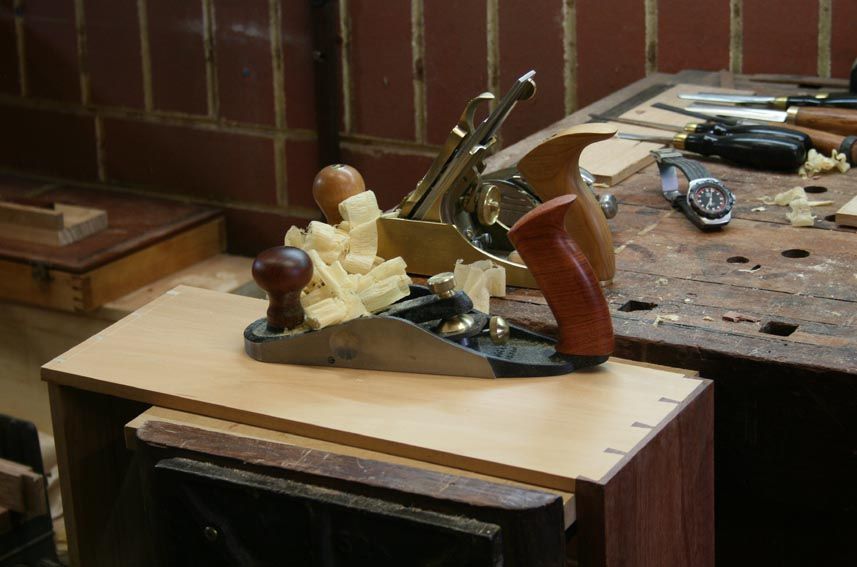I have owned three veritas bevel up planes, the jack, and two smoothers. They performed well, but i am beginning to think its just because they're made very well.
i also own a used, bailey bd jack with its orignal blade, and a bailey 7 that is stamped defective. I replaced the blade with a hock, and i have to say, i find these two planes much easier to use than any of the bevel ups. They both have horrible backlash, but they just tear out less than the bu's.
recently, bevel ups have become all the rage, and i fear i might have bought into the hype. But i am nit sure if my experience is just a fluke.
Do any of you find the same thing? I am thinking to trade all my bevel ups for bevel downs...




 Reply With Quote
Reply With Quote



 ...of course, Derek loves him some BU action too, but his water also spins in the opposite direction when he flushes the toilet, so I'm not sure I'd trust him
...of course, Derek loves him some BU action too, but his water also spins in the opposite direction when he flushes the toilet, so I'm not sure I'd trust him )
)







 .
. 

